 Welcome
Welcome
“May all be happy, may all be healed, may all be at peace and may no one ever suffer."
Orthostatic hypotension (postural hypotension)
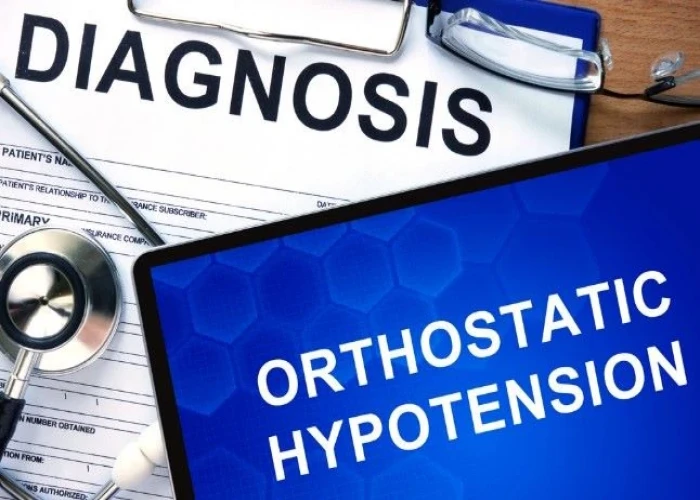
Orthostatic hypotension, also known as postural hypotension, is a medical condition in which a person's blood pressure drops suddenly when they stand up from a sitting or lying position. This can cause dizziness, lightheadedness, and even fainting.
The normal response of the body to standing up is an increase in heart rate and constriction of blood vessels to maintain blood pressure. However, in people with orthostatic hypotension, this response is impaired, causing blood pressure to drop instead.
Some of the causes of orthostatic hypotension include dehydration, prolonged bed rest, pregnancy, certain medications such as blood pressure medications and diuretics, and underlying medical conditions such as Parkinson's disease, diabetes, and heart disease.
Symptoms of orthostatic hypotension may include:
- Dizziness or lightheadedness upon standing up
- Fainting or loss of consciousness
- Blurred vision
- Nausea or vomiting
- Headache
- Weakness or fatigue
Diagnosis of orthostatic hypotension may involve a physical exam, blood pressure measurements in different positions, and other tests such as a tilt-table test or autonomic function tests.
Treatment of orthostatic hypotension may involve addressing the underlying cause, adjusting medications that may be contributing to the condition, increasing fluid and salt intake, and performing certain physical maneuvers such as leg crossing and muscle tensing to improve blood pressure. In some cases, medications such as fludrocortisone or midodrine may be prescribed to increase blood volume or constrict blood vessels, respectively.
Prevention of orthostatic hypotension may involve avoiding sudden changes in position, staying hydrated, and taking caution when rising from a seated or lying position.
Research Papers
Disease Signs and Symptoms
- Dizziness, lightheadedness or faintness
- Blurred vision of eye
- Weakness
- Fainting (syncope)
- Confusion (Hallucinations)
- Nausea or vomiting
Disease Causes
Orthostatic hypotension (postural hypotension)
When you stand up, gravity causes blood to pool in your legs and abdomen. This decreases blood pressure because there's less blood circulating back to your heart.
Normally, special cells (baroreceptors) near your heart and neck arteries sense this lower blood pressure. The baroreceptors send signals to centers in your brain, which signals your heart to beat faster and pump more blood, which stabilizes blood pressure. These cells also narrow the blood vessels and increase blood pressure.
Orthostatic hypotension occurs when something interrupts the body's natural process of counteracting low blood pressure. Many conditions can cause orthostatic hypotension, including:
- Dehydration. Fever, vomiting, not drinking enough fluids, severe diarrhea and strenuous exercise with a lot of sweating can all lead to dehydration, which decreases blood volume. Mild dehydration can cause symptoms of orthostatic hypotension, such as weakness, dizziness and fatigue.
- Heart problems. Some heart conditions that can lead to low blood pressure include extremely low heart rate (bradycardia), heart valve problems, heart attack and heart failure. These conditions prevent your body from responding rapidly enough to pump more blood when standing up.
- Endocrine problems. Thyroid conditions, adrenal insufficiency (Addison's disease) and low blood sugar (hypoglycemia) can cause orthostatic hypotension. So can diabetes — which can damage the nerves that help send signals regulating blood pressure.
- Nervous system disorders. Some nervous system disorders, such as Parkinson's disease, multiple system atrophy, Lewy body dementia, pure autonomic failure and amyloidosis, can disrupt your body's normal blood pressure regulation system.
- Eating meals. Some people have low blood pressure after eating meals (postprandial hypotension). This condition is more common in older adults.
Disease Prevents
Disease Treatments
The goal of treatment for orthostatic hypotension is to restore normal blood pressure. That usually involves increasing blood volume, reducing the pooling of blood in your lower legs and helping blood vessels to push blood throughout your body.
Treatment often addresses the cause — dehydration or heart failure, for example — rather than the low blood pressure itself.
For mild orthostatic hypotension, one of the simplest treatments is to sit or lie back down immediately after feeling lightheaded upon standing. Your symptoms should disappear.
When low blood pressure is caused by medications, treatment usually involves changing the dose of the medication or stopping it.
Orthostatic hypotension treatments include:
- Lifestyle changes. Your doctor may suggest several lifestyle changes, including drinking enough water; drinking little to no alcohol; avoiding overheating; elevating the head of your bed; avoiding crossing your legs when sitting; and standing up slowly. Then pause briefly to be sure it's ok for you to start walking.
- If you don't also have high blood pressure, your doctor might suggest increasing the amount of salt in your diet. If your blood pressure drops after eating, your doctor may recommend small, low-carbohydrate meals.
- Compression stockings. Compression stockings and garments or abdominal binders may help reduce the pooling of blood in your legs and reduce the symptoms of orthostatic hypotension.
- Medications. A few drugs are used to treat orthostatic hypotension, including midodrine (Orvaten) and droxidopa (Northera). Side effects of midodrine can include retaining urine, tingling or itchy scalp, and goose-bumps. Side effects of droxidopa can include nausea, headache and bladder pain. With either drug, avoid lying flat for four hours after taking it to reduce the risk of high blood pressure while lying down.
- Fludrocortisone is often used to help increase the amount of fluid in your blood, which raises blood pressure, but it can have serious side effects. If you take fludrocortisone, your doctor will monitor you for side effects.
- Another medication is pyridostigmine (Mestinon, Regonol). This drug might be more effective combined with midodrine. Side effects can include abdominal cramps, nausea and diarrhea.
Disease Diagnoses
Disease Allopathic Generics
Disease Ayurvedic Generics
Disease Homeopathic Generics
Disease yoga
Orthostatic hypotension (postural hypotension) and Learn More about Diseases
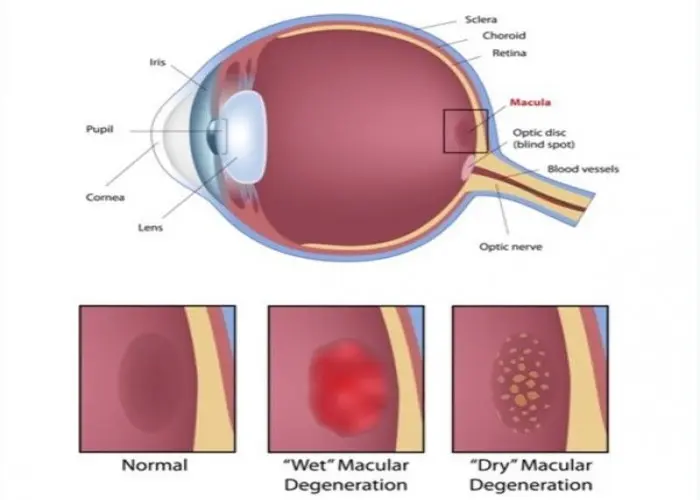
Dry macular degeneration
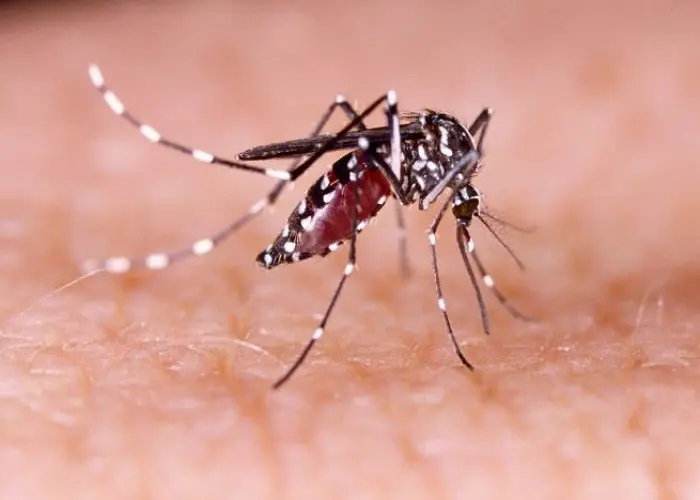
Dengue fever
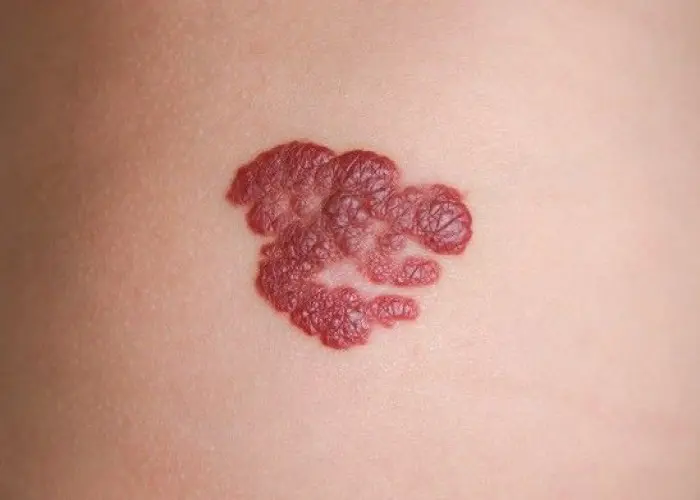
Hemangioma

Chondrosarcoma
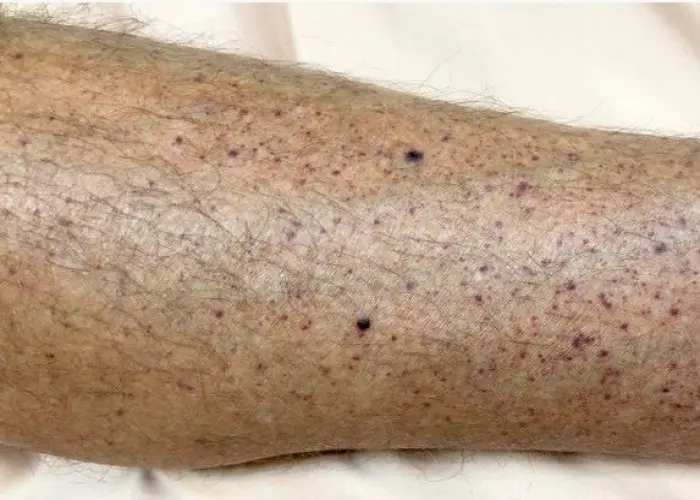
Immune thrombocytopenia (ITP)
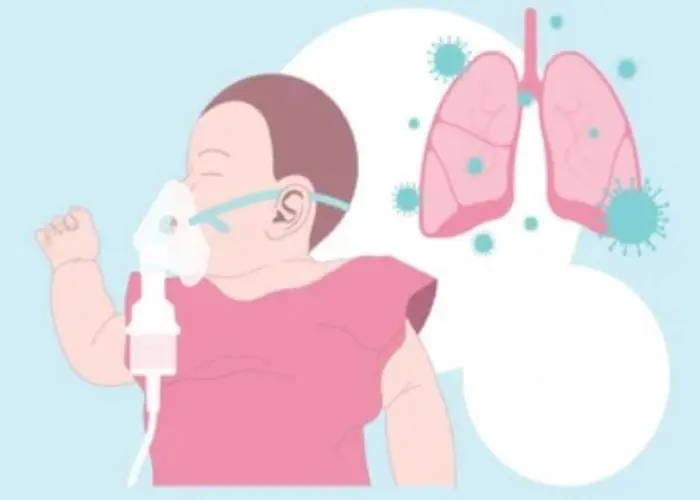
Bronchiolitis

Multiple myeloma
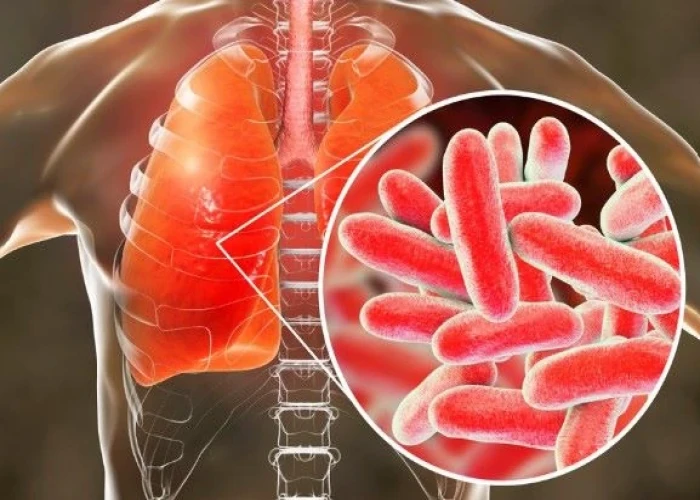
Legionnaires' disease
orthostatic hypotension, postural hypotension, অর্থোস্ট্যাটিক হাইপোটেনশন, পোস্টারাল হাইপোটেনশন
To be happy, beautiful, healthy, wealthy, hale and long-lived stay with DM3S.
